Description
What is an Omnidirectional Antenna 915Mhz Antenna For Lora Application?
The Omni 915Mhz Antenna For Lora CTRF-ANTENNA-AP-8296-0852-SMA model is an Omnidirectional Antenna 915Mhz Antenna For Lora Application, it comes with a small size 8x52mm plastic ABS radome housing SMA standard male connector antenna manufactured by C&T RF Antennas Inc.
The 868MHz 915Mhz Antenna For Lora antenna is a 2dBi Lora antenna with an SMA connector with a screw mount, terminal mount to the Lora devices.
The Omnidirectional Antenna 915Mhz Antenna For Lora antenna covers the 824-960MHz band for GSM, NB-IoT, Lora, RFID, ISM, and LoraWan applications.
C&T RF Antennas Inc provides internal & external antennas with the antenna radio frequencies such as NFC, 169MHz, 230MHz, 315MHz, 433MHz, 868MHz, 915MHz, VHF&UHF, Lora, NB-IoT, ADS-B, GSM, GNSS, Wifi 2.4GHz, 5.8GHz, Cellular 2G 3G 4G LTE, GPS, 5G NR, etc.
C&T RF Antennas Inc. provides RF antennae with Omni & Directional antenna types such as Dipole Antennas, Whip Antennas, Marine Antennas, Router Antennas, MIMO Antennas, Combo Antennas, PCB Antennas, FPC Antennas, Spring Antennas, Magnetic Antennas, Sector Antennas, Yagi Antennas, and Accessories, etc, for IoT & M2M industries.
The Omnidirectional Antenna 915Mhz Antenna For Lora Application is available at C&T RF Antennas Inc., contact us for more details on the 915Mhz Antenna For Lora such as 915Mhz Antenna For Lora datasheet, 915Mhz Antenna For Lora pricing, 915Mhz Antenna For Lora inventory, or other 915Mhz Antenna For Lora styles.
Omnidirectional Antenna 915Mhz Antenna For Lora Application Specifications
Omnidirectional Antenna 915Mhz Antenna For Lora Application Electrical Specifications |
|
| RF Antenna Type | Omni Rubber Duck Antenna |
| Model | CTRF-ANTENNA-AP-8296-0852-SMA |
| Frequency Range | 824-960MHz |
| Gain | 2dBi |
| VSWR | ≤2.0 |
| Impedance | 50 Ω |
| Polarization | Linear |
| Directional | Omnidirectional |
| Connector | SMA Male |
| Max Power | 50W |
| Lightning Protection | DC-Ground |
Omnidirectional Antenna 915Mhz Antenna For Lora Application Mechanical Specifications |
|
| Dimension | 8*52mm |
| Weight | Approx. 10g |
| Radome Material | Plastic ABS |
| Operation Temperature | -20˚C ~ +85˚C |
| Storage Temperature | -40˚C ~ +80˚C |
| Color | Black |
| Antenna Design | Dipole Array |
| Mounting | SMA Connector |
| SafetyEmission and other | RoHS Compliant |
| Applications | IPublic Safety/LMR/P25/TETRA, ISM/SCADA/Utilities, RFID, IoT/NB-IoT/LoRa, etc. |
Lora
Before the Low Power, Wide Area Network (LPWAN) came into being, it seemed that there was only one choice between long-distance and low-power consumption. After adopting LPWAN technology, designers can do both, maximizing longer-distance communication and lowering power consumption, while also saving additional repeater costs.
Introduction to LoRa
There are many wireless technologies in IoT applications, which can form a local area network or a wide area network. The wireless technologies that make up the local area network mainly include 2.4GHz WiFi, Bluetooth, Zigbee, etc., and the wireless technologies that make up the wide-area network mainly include 2G/3G/4G, etc.
These wireless technologies have obvious advantages and disadvantages, which can be summarized as follows. Before the Low Power, Wide Area Network (LPWAN) came into being, it seemed that there was only one choice between long-distance and low-power consumption.
After adopting LPWAN technology, designers can do both, maximizing longer-distance communication and lowering power consumption, while also saving additional repeater costs.
Lora is a kind of LPWAN communication technology, it is a kind of ultra-long-distance wireless transmission scheme based on spread spectrum technology adopted and promoted by the American Semtech company.
This solution changes the previous trade-off between transmission distance and power consumption and provides users with a simple system that can achieve long-distance, long battery life, and large capacity, and expand the sensor network. At present, LoRa mainly operates in free frequency bands around the world, including 433, 868, 915 MHz, etc.
LoRa network composition
LoRa network is mainly composed of four parts: terminal (with built-in LoRa module), gateway (or base station), server, and cloud. Application data can be transmitted in both directions.
Lora technical points
Generally speaking, transmission rate, working frequency band, and network topology are the three main parameters that affect the characteristics of sensor networks.
The choice of transmission rate will affect the transmission distance and battery life of the system; the choice of working frequency band should compromise the frequency band and the design goal of the system; and in the FSK system, the choice of network topology is determined by the transmission distance requirements and the nodes required by the system The number is determined.
Lora integrates digital spread spectrum, digital signal processing, and forward error correction coding technology, with unprecedented performance.
Previously, only those high-level industrial radio communications would integrate these technologies, and with the introduction of LoRa, the situation in the field of embedded wireless communications has undergone a complete change.
The forward error correction coding technology adds some redundant information to the data sequence to be transmitted so that the error symbols injected during the data transmission process will be corrected in time at the receiving end.
This technology reduces the need to create “self-healing” data packets to retransmit in the past and performs well in solving sudden bit errors caused by multipath fading.
Once the data packet grouping is established and the forward error correction code is injected to ensure reliability, these data packets will be sent to the digital spread spectrum modulator. This modulator feeds each bit in the packet data packet into a “spreader”, which divides each bit time into many chips.
Even if the noise is large, LoRa can deal with it calmly. After the LoRa modem is configured, the range that can be divided is 64-4096 chips/bit, and the highest spreading factor in 4096 chips/bit can be used (12). Relatively speaking, ZigBee can only divide the range of 10-12 chips/bit.
By using a high spreading factor, LoRa technology can transmit small-capacity data through a wide-range radio spectrum. In fact, when you measure with a spectrum analyzer, the data looks like noise, but the difference is that the noise is uncorrelated, and the data are correlated.
Based on this, the data can actually be extracted from the noise. The higher the spreading factor, the more data can be extracted from the noise.
At a well-functioning GFSK receiving end, a minimum signal-to-noise ratio (SNR) of 8dB needs to be reliably demodulated. By configuring AngelBlocks, LoRa can demodulate a signal with a signal-to-noise ratio of -20dB.
As a result, the gap is 28dB, which is equivalent to a much larger range and distance. In an outdoor environment, a gap of 6dB can achieve twice the original transmission distance.
Therefore, using LoRa technology we can obtain a wider transmission range and distance with low transmit power. This low-power wide-area technology is exactly what we need.
Low Power Wide Area Network (LPWAN) is an indispensable part of the Internet of Things.
It has the characteristics of low power consumption, wide coverage, and strong penetration. It is suitable for sending and receiving small amounts every few minutes.
The application of data, such as water transportation positioning, street lamp monitoring, parking space monitoring, etc.
The LoRa Alliance, an LPWAN-related organization, currently has 145 members worldwide, and its lush ecosystem allows devices that follow the LoRaWAN protocol to have strong interoperability.
A communication gateway that is fully compliant with the LoRaWAN standard can access tens of thousands of wireless sensor nodes within 5 to 10 kilometers, and its efficiency is much higher than the traditional point-to-point polling communication mode, it can also greatly reduce node communication power consumption.

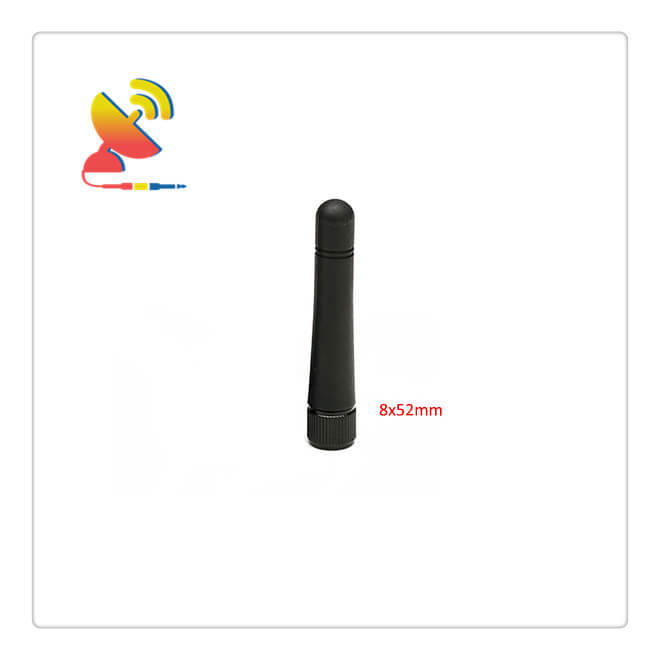
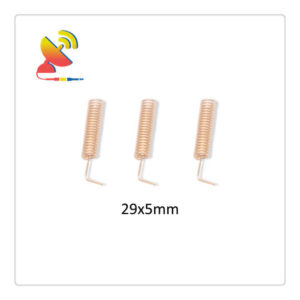
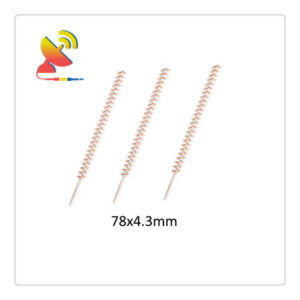
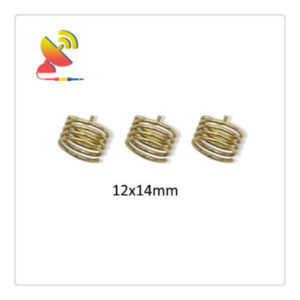
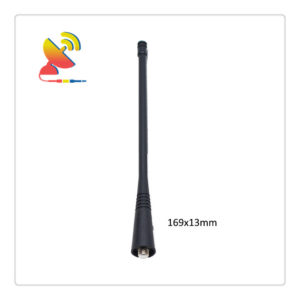
Reviews
There are no reviews yet.